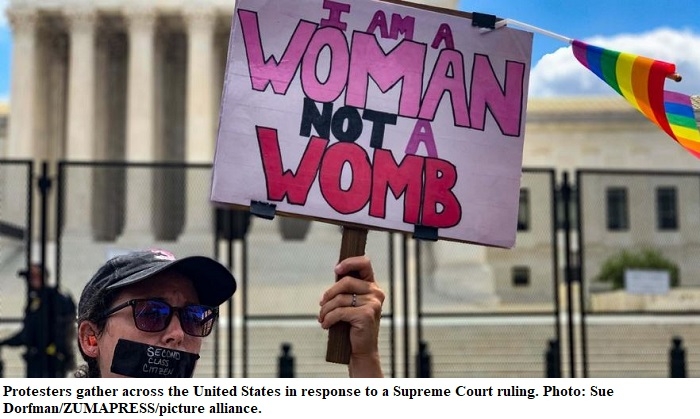One Year After Roe v. Wade Reversal, US Sees Deepening Divide Over Abortion Rights

A year after the US Supreme Court removed the constitutional right to abortion, the ruling has led to widespread upheaval, polarizing the country and intensifying challenges for people seeking abortions, especially in conservative states.
In June 2022, the Supreme Court’s reversal of the landmark 1973 Roe v. Wade ruling returned jurisdiction over abortion laws to individual states. The decision has given rise to a stark divide: highly restrictive abortion bans are in effect in 13 states, such as Texas, Tennessee, and Mississippi, while other states have bolstered protections for abortion access.
Health law professor Nicole Huberfeld from Boston University highlighted the shift. Prior to the reversal, a “viability line” allowed federal courts to strike down state laws banning abortion before roughly the 24th week of pregnancy. Without this legal “guardrail,” restrictive laws are now more common, making access dependent on state law.
The Guttmacher Institute, an organization focused on reproductive rights research, reports that 13 states have implemented “trigger laws,” essentially banning abortion as soon as federal protections were lifted in 2022.
Individuals in restrictive states must now navigate greater obstacles. Sarah King, who underwent an abortion in Alabama in 2006, described how difficult accessing abortion services has been, with only three clinics available statewide. She recounted a two-day process involving a mandatory 24-hour waiting period, travel, and overnight accommodations—a reality that has since worsened as more states ban or restrict abortion.
Abortion-rights states, such as California, Michigan, and New York, have taken steps to assist those seeking abortions, even covering travel expenses for people from states where abortions are heavily restricted. Some states have enshrined abortion rights in their constitutions as a countermeasure to the bans in conservative areas.
The Supreme Court’s decision has led to health access inequalities, with physicians increasingly moving to “abortion-protective” states, worsening the lack of adequate care in some areas. Disputes have also emerged between state and federal authorities over emergency care, as hospitals are federally required to provide it despite conflicting state laws.
The reversal has intensified the “culture war” over abortion in the US, deepening divides and creating significant legal and healthcare challenges for people across the country.













